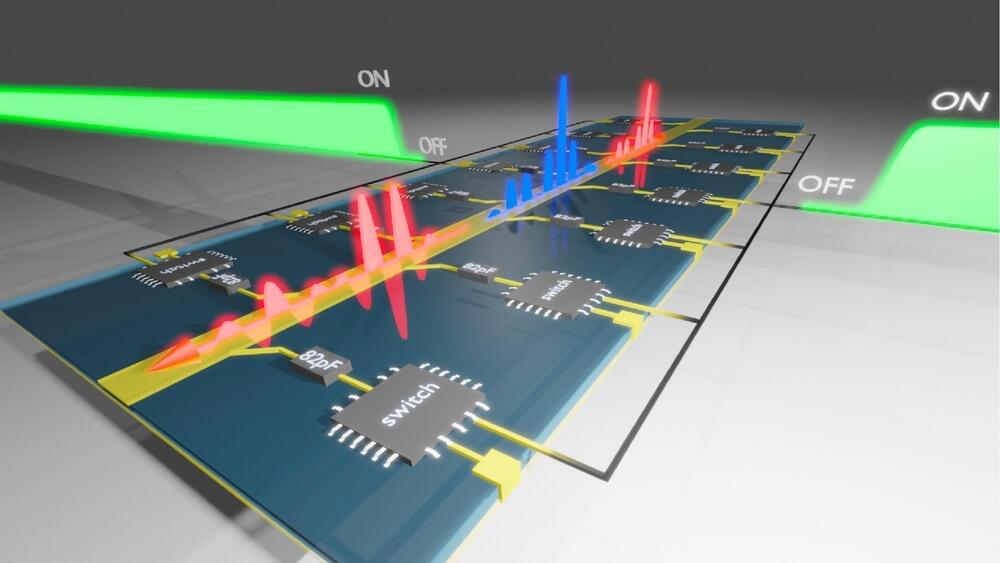Compare news coverage. Spot media bias. Avoid algorithms. Be well informed. Download the free Ground News app at https://ground.news/HOTU
Researched and Written by Leila Battison.
Narrated and Edited by David Kelly.
Animations by Jero Squartini https://www.fiverr.com/share/0v7Kjv.
Incredible thumbnail art by Ettore Mazza, the GOAT: https://www.instagram.com/ettore.mazza/?hl=en.
Huge thanks to Antonio Padilla for inspiring the section on TREE — his book is wonderful, I have already read it twice:
If you like our videos, check out Leila’s Youtube channel:
https://www.youtube.com/channel/UCXIk7euOGq6jkptjTzEz5kQ
Music from Epidemic Sound and Artlist.





